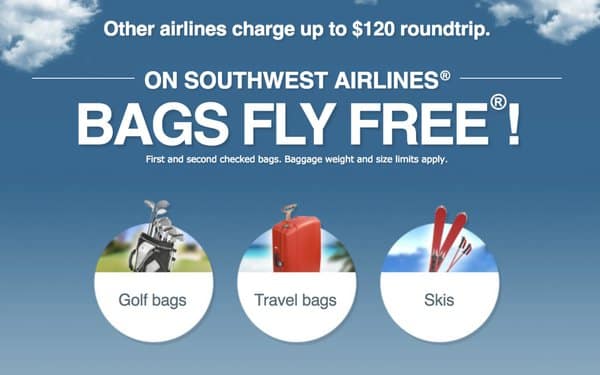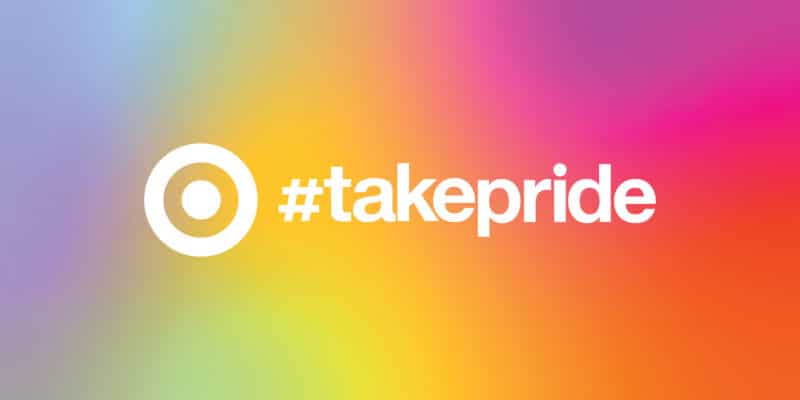
Marketers understand something that no one else in business seems to get: Everything is marketing.
Operating procedures, building appearance, personnel policies, etc., all shape how the public sees the company. Failing to have any of that in synch with brand values can blow up in your face.
Consider the cases of Target and Southwest Airlines. In the past year, both companies made business decisions that I almost guarantee weren’t run past marketing. If they had been, even the most junior marketer would have responded, “ARE YOU OUT OF YOUR MIND?”
Southwest built its success around being seen as a different kind of airline. For decades, passengers had a fresh chocolate chip cookie waiting on their seats, customer service was informal and helpful, there were no separate classes of seats and seating was by friendly scrum. Flights were less expensive and baggage flew for free. Customer rewarded the company with their loyalty. Southwest achieved a status that other brands would kill for: mass-market success with cult appeal.
In 2010, Southwest got rid of one of the things that made it special: The fresh chocolate chip cookie. That caused nostalgia, not unhappiness, among customers. The reaction was not nearly as understanding when, over the past year, it:
- Instituted first-class seating.
- Ended the seating scrum (the fastest way to board passengers).
- Began charging for baggage.
The company also had the first layoffs in its history, something not known to improve customer service.
Dig deeper: How to market in the age of outrage
From cult to commodity
Following those changes, Southwest reported a $149 million loss in the first quarter of this year. One data point isn’t enough to prove causation, but those policies were Southwest’s brand differentiator. It now behaves like any other airline.

I believe the baggage fees were the straw that broke the brand value’s back. “Your bags fly free” has been part of Southwest’s marketing forever, taking a worry away from customers. To be fair, all these policy changes were for sound business reasons, i.e., falling revenues.
Target, on the other hand, well…
The dodo is not a good role model
Humorist Will Cuppy wrote, “[The dodo] seems to have been invented for the sole purpose of becoming extinct.” Likewise, Target’s decision to do away with its DEI efforts was seemingly invented for the sole purpose of pissing off its customers.
Here’s what happened.
Long before coming to power, 100 or so very long days ago, President Trump made it clear he would go after America’s Public Enemy No. 1, a creature living rent-free in the heads of many on the political right: The Wokeness. According to the president, the creature lives off the diversity, equity and inclusion programs. As soon as Mr. Trump took office, corporations rushed to say they had seen the error of their ways and would end the terrible reign of DEI.
On January 24, 2025, without a push from anyone, Target joined the herd of lemmings stampeding over this cliff. Also falling off a cliff: The retailer’s sales, foot traffic and stock price. On the day of its announcement, Target stock was $138; on April 29, 2025, it was $96.50.
In February, foot traffic in Target stores shrunk by 9% year-over-year. In March, it improved slightly but was still down 6.5% YoY.
Why did sales drop?
Analysts blame boycotts for the drop in sales, but I believe a lot of it is due to consumers who don’t know about the organized protests. For one thing, with the very notable exception of last year’s campaign against Bud Light, boycotts are generally slow to boil.
The other reason is who shops at Target and why they do so.
Dig deeper: Target’s DEI retreat: Inclusivity was never more than a marketing stunt
The ironic “Tarjay” nickname (said in a faux French accent) shows how some shoppers see Target. The retailer appeals to people who dislike Walmart’s generic feel but still want lower prices. A sense of style making up for the goods costing a little more. Target is an aspirational brand to many of its shoppers, a step up from the aesthetic of The World’s Largest Retailer. Target’s target audience either ranges farther up the socioeconomic ladder or wants to.
A complaint about Target on the Xennials’ subreddit illustrates my point.
“It’s not Target [that bothers me],” Redditor luxtabula wrote months before the 2024 election. “It’s the persona Target created that many bought into without any critical thinking. Target is no different from Walmart … same pay scale, same union busting, same disregard for resources. … All of the bad things stuck to Walmart. But Target manages to dodge these fair criticisms with the grace of a Russian ballerina. … NYC won’t permit Walmart to set up shop. … But NYC has tons of Targets.”
There’s no middle ground with inclusivity
For years before the DEI decision, Target marketed itself as an inclusive place where you could feel good shopping.

During Black History Month, the retailer made a big deal about featuring products from Black-owned companies. The company supported Pride month, sponsoring marches commemorating the Stonewall Riots and the fight for LBGTQ+ rights.
Target even got in trouble for selling Pride-related merchandise. In 2023, the company pulled that merchandise from many stores after complaints from right-wing groups. However, it remained available online. That managed to unite and irritate the Right and the pro-Pride community, who both perceived it as a lame attempt at appeasement.
With that history, it is easy to see how Target shoppers could view the DEI decision as brand treason. So far, the company’s attempts at damage control — meeting with Rev. Al Sharpton, promising to continue featuring Black-owned companies — have fallen flat.
There have been no public efforts to mend the rift with LGBTQ+ shoppers and their allies. However, Target remains the platinum sponsor of the upcoming NYC Pride parade. Participants’ reactions to the company and anything with its logo could be yet another PR disaster.
Trust is the product that matters
In the final analysis, all businesses sell the same thing: Trust. Had Target’s senior management bothered to ask anyone in marketing how customers would react to the DEI decision, the most diplomatic answer would likely have been, “[EXPLETIVE DELETED!?!] ARE YOU OUT OF YOUR [MORE INSULTING EXPLETIVE DELETED] MIND?”
Jim Stengal, the P&G CMO who turned Swiffer into a billion-dollar brand, once told me, “You can never know your customers too well.” Marketers know that. Now if only someone would tell the rest of the C-suite.
Dig deeper: Pride Month is about authenticity, not ‘rainbow washing’
The post Marketers could have saved Target and Southwest from themselves appeared first on MarTech.
